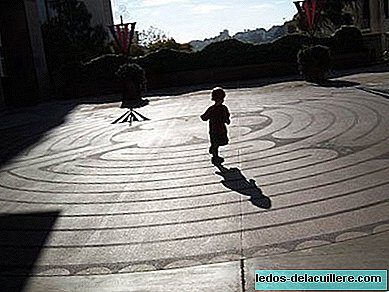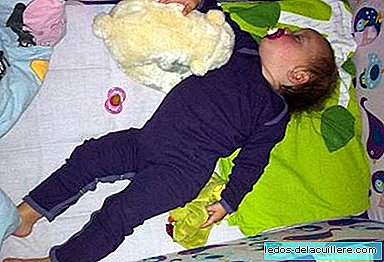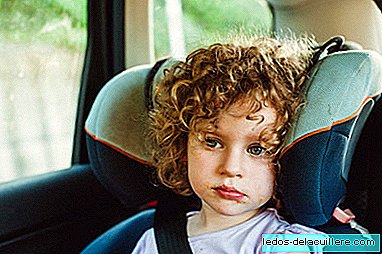
One of the things that the 21st century stands out for is the increase in psychological and mental illnesses in Western societies.
The fact that many were not diagnosed in the past, the daily dissatisfactions of people accustomed to living satisfied, the economic crisis and many other factors are more than enough reasons for adults and children to help swell the diagnosis lists.
In the case of children, the most common disorder is hyperactivity and attention deficit (ADHD) Many of us know children with this diagnosis and it is surprising to know that, according to the head of Neuropediatrics at the Hospital La Fe in Valencia one in four diagnoses is wrong.
According to the expert, the error rate (no less than 25%), is because 89% of people diagnosed with ADHD suffer from other associated pathologies, which must be taken into account since, if left untreated, the problem will not be approached in an appropriate way.
Speaking in figures, 28% of these patients are also affected by borderline personality disorder, 30% suffer from depression disorders, 25% of adults have addictive behaviors and more than 30% have generalized anxiety disorder.
In some cases, the collateral disorder is the one that ends up causing ADHD, while in others it could be the other way around or appear together.
Given this diversity, the logical thing is to take into account that each person and each child has its own characteristics and that, therefore, you have to study case by case to assess which is the best approach, since it makes no sense to medicate ADHD with the usual treatment if one does not take into account that the person lives in a state of depression, for example.












